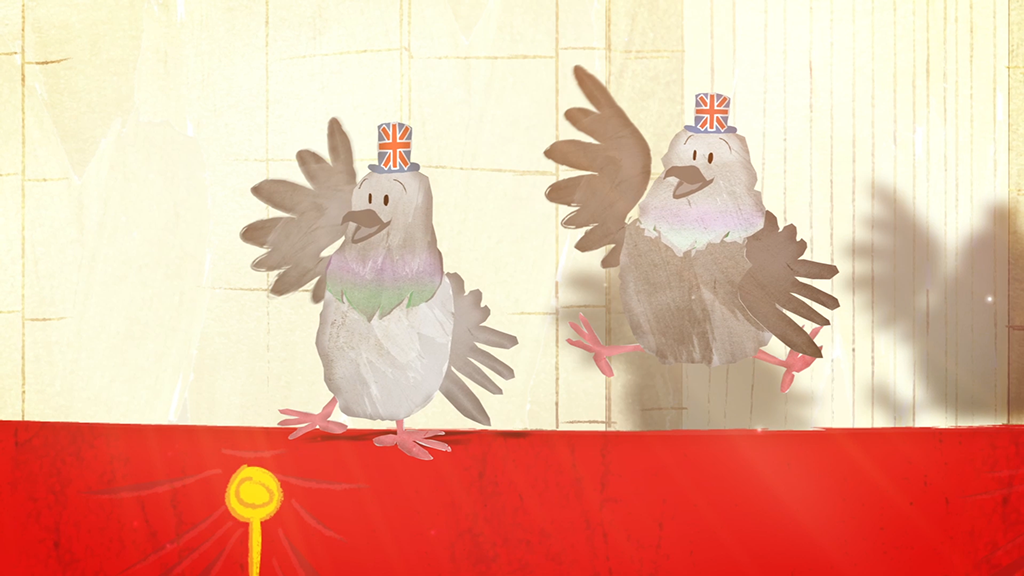
Have you ever wondered what the key to creating fantastic animation is? Studios such as Disney, Studio Ghibli and Pixar have produced some of the world’s most memorable and eye-catching animations over the years, by using the 12 principles of animation.
Read on to learn more about these techniques and what they involve!
What Are The 12 Principles Of Animation?
Introduced by legendary animators Ollie Johnston and Frank Thomas, the principles of animation are based on the work of Disney’s animation studio. In the 1930’s, Disney wanted to create more realistic looking characters who could convey a wider range of emotions and move more fluidly. Over time, their team developed a range of techniques that became known as the 12 principles of animation, which were popularised by Johnston and Thomas in their seminal 1981 book The Illusion of Life: Disney Animation.
These principles include:
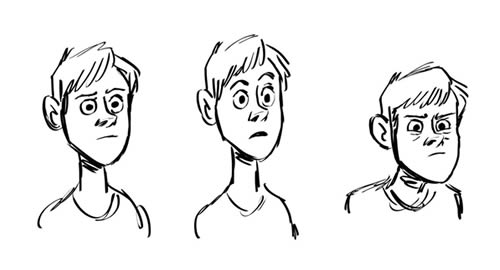
Squash and Stretch
This is considered the most important element of the 12 principles of animation. Squash and stretch (or S&S) is a technique that prevents your animation from feeling rigid and stiff. When this technique is applied, it gives your animated characters or objects the illusion of gravity, weight, mass and flexibility.
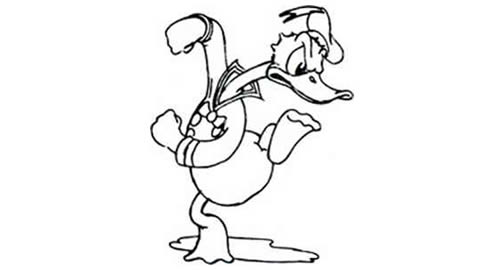
Anticipation
Anticipation helps to prepare the viewer for what’s going to happen next. When it’s applied, this technique has the effect of making the object’s action much more realistic. For example, if a character squats down dramatically before jumping or scrunches their face up before shouting – this generates anticipation.
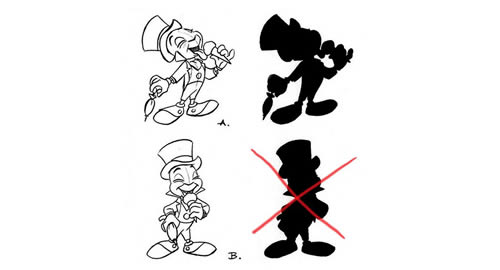
Staging
The idea behind staging is to present your idea in a way that’s clear and evident. Much like composition in art work, you use motion to guide the viewers eye and draw attention to what’s important – at the right moment.
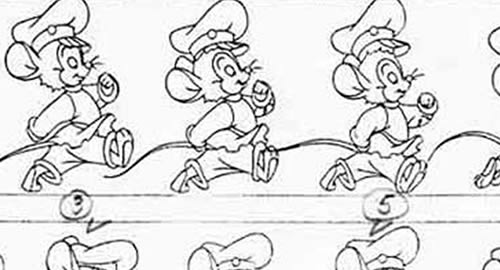
Straight Ahead Action and Pose to Pose
There are two ways to handle drawing animation – straight ahead and pose to pose. Each technique has its own benefits, and the two approaches are often combined. Straight ahead action involves drawing frame by frame from start to finish, which gives a more fluid, realistic movement. Pose to pose technique involves drawing the beginning frame and end frame first, with a few key frames in between, then go back and complete the rest. This technique gives you a bit more control within the scene and allows you to increase the dramatic effect of the motion.
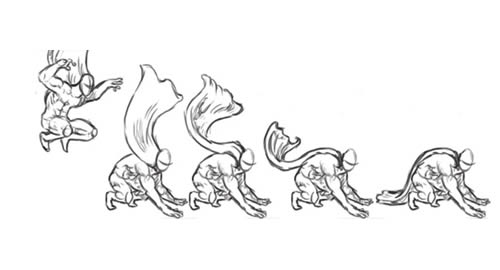
Follow Through and Overlapping Action
This technique is used to illustrate how different objects and body parts move. For example, when objects come to a standstill after being in motion different parts of the object will stop at different rates – for example, if a superhero jumps, their cape will continue to ‘catch up’ after their body is no longer in motion.
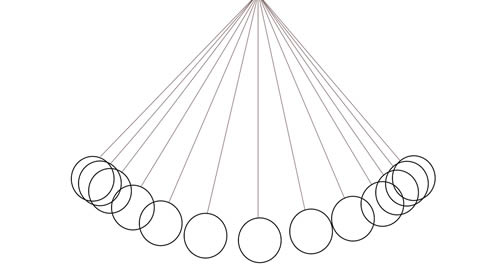
Slow In and Slow Out
The best way to understand slow in and slow out is to think about how a car starts up and stops. It will start moving slowly before gaining momentum and speeding up. The reverse happens when it brakes and comes to a stop.
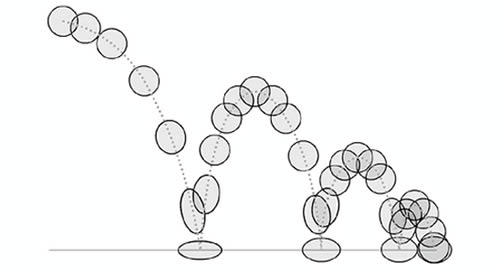
Arc
Arcs allow animators to create the appearance of action and fluid movement quickly and easily. When working in animation it is best to stick to the laws of physics, as most objects follow an arc or path when moving. Ensuring animated objects move in a manner that reflects ‘real life movement’ but also communicates character and personality is essential.
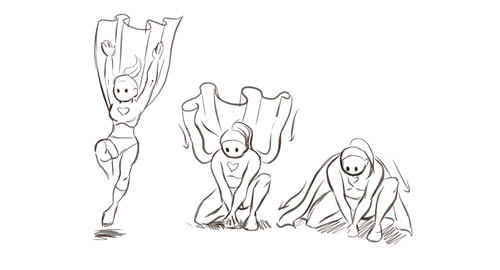
Secondary action
As one may expect, a secondary action is an action that directly results from another action taking place. For example, if a character shakes their head, this would be the primary action. The secondary action would be the movement of their hair or hat. Secondary actions are used to support or emphasise the main action going on within a scene. Adding secondary actions help add more dimension to your characters and objects.
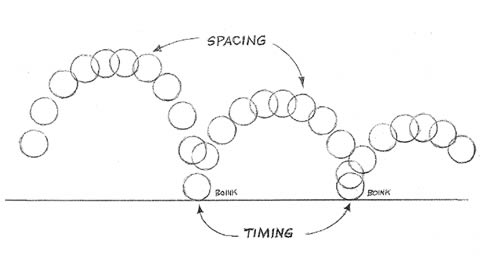
Timing
For this principle of animation, we need to look at the laws of physics again. Moving an object more quickly or slowly than it would in the natural world gives an unrealistic effect. Using correct timing allows you to control the mood and action of your characters or objects.
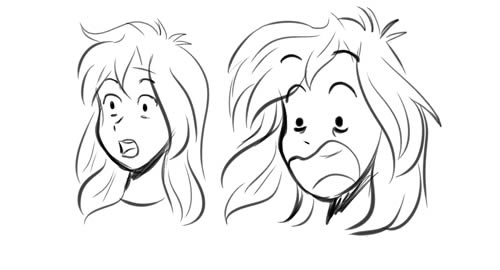
Exaggeration
This technique is used to make your animation much more interesting to look at! Using a highly realistic approach can make things appear static and boring. However, adding some exaggeration to your characters and objects will make them more dynamic and conveys personality.
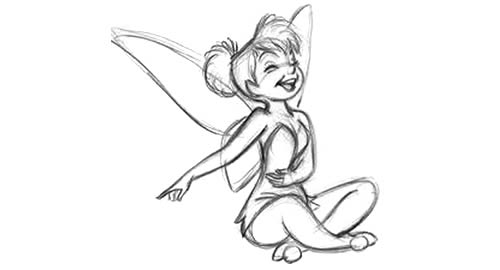
Solid drawing
This technique revolves around the basic principles of drawing 3D objects and characters in a 2D space. By paying close attention to the form, anatomy, weight, volume, light and shadows of your objects and characters, you can create something with the correct shape, mass and weight.
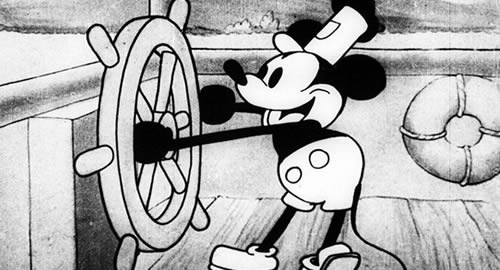
Appeal
Last but not least, you should ensure that your character, objects and the world in which they live, are visually appealing and interesting to look at.
Get in Touch With Us!
If our blog on the 12 principles of animation has inspired you to commission an animation, TV advert, explainer video or broadcast graphics package, please get in touch with the team at Pushed! You can reach us on 01752 346507 or by email at hello@pushed.co.uk!



